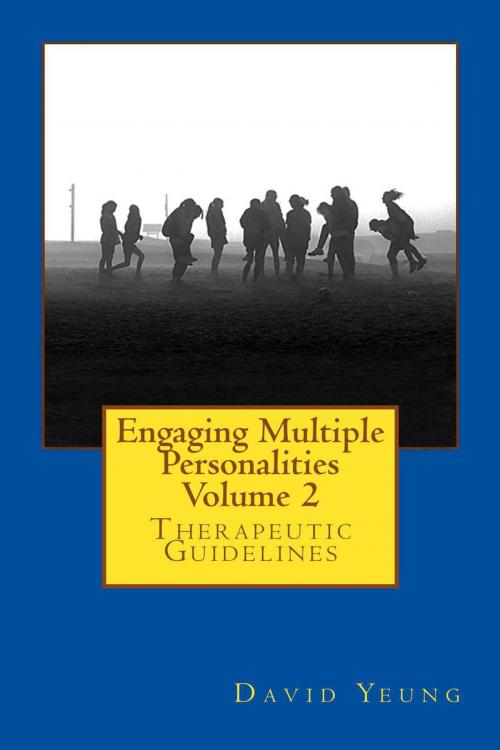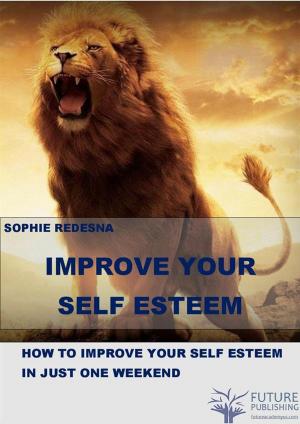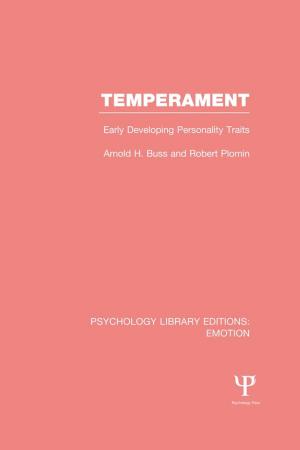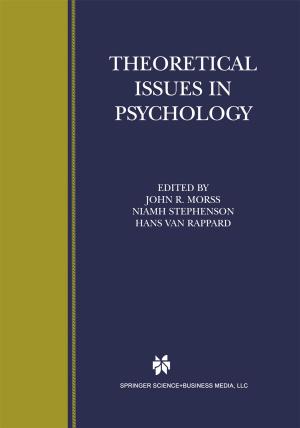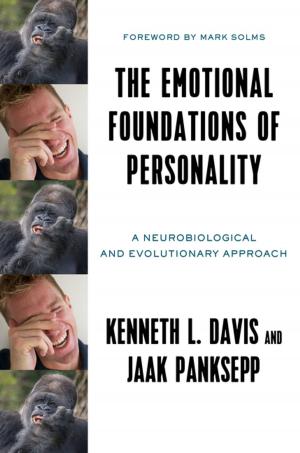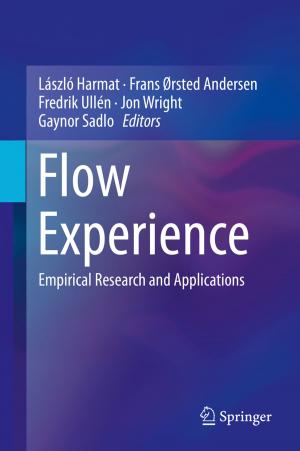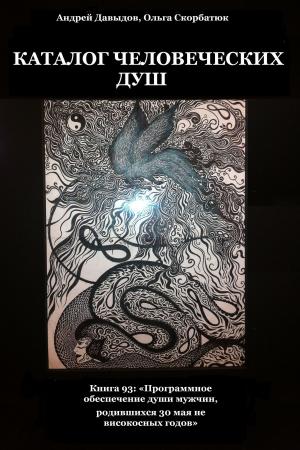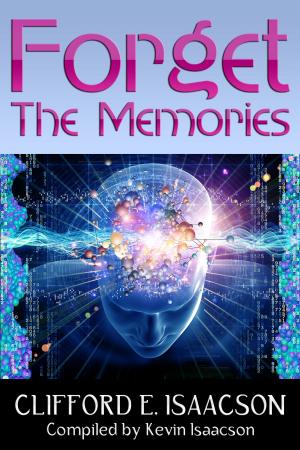Engaging Multiple Personalities Volume 2: Therapeutic Guidelines
Engaging Multiple Personalities, #2
Nonfiction, Health & Well Being, Psychology, Counselling, Clinical Psychology, Personality| Author: | David Yeung | ISBN: | 9781386967354 |
| Publisher: | David Yeung | Publication: | March 12, 2018 |
| Imprint: | Language: | English |
| Author: | David Yeung |
| ISBN: | 9781386967354 |
| Publisher: | David Yeung |
| Publication: | March 12, 2018 |
| Imprint: | |
| Language: | English |
This Volume 2 continues the discussions begun in Volume 1 concerning Multiple Personality Disorder/Dissociative Identity Disorder. This Volume focuses on giving patients, support networks and therapists the foundation to heal and support healing of those with DID. Those who wish to learn about treating DID from a clinician's perspective will find guidance in both Volumes. The key point of understanding that ignoring past trauma simply will not help a patient. In his psychiatric practice, the author encountered a number of his patients' alters face-to-face. He found that the most effective course of therapy was to engage them directly. Talking to alters is a strange, serious and ultimately compelling experience. They are survivors of childhood abuse, present in shared flesh and blood. They are essential for healing the patient. In Volume 2, The author goes into detailed guidance for working with DID as well as highlighting pitfalls to avoid. Most important, he elucidates practical and easily accessible techniques necessary to help these traumatized patients heal. DID patients can successfully engage in and profit from therapy. By processing the impact of their past traumatic memory, they may reclaim their present.
This Volume 2 continues the discussions begun in Volume 1 concerning Multiple Personality Disorder/Dissociative Identity Disorder. This Volume focuses on giving patients, support networks and therapists the foundation to heal and support healing of those with DID. Those who wish to learn about treating DID from a clinician's perspective will find guidance in both Volumes. The key point of understanding that ignoring past trauma simply will not help a patient. In his psychiatric practice, the author encountered a number of his patients' alters face-to-face. He found that the most effective course of therapy was to engage them directly. Talking to alters is a strange, serious and ultimately compelling experience. They are survivors of childhood abuse, present in shared flesh and blood. They are essential for healing the patient. In Volume 2, The author goes into detailed guidance for working with DID as well as highlighting pitfalls to avoid. Most important, he elucidates practical and easily accessible techniques necessary to help these traumatized patients heal. DID patients can successfully engage in and profit from therapy. By processing the impact of their past traumatic memory, they may reclaim their present.
